Volvo Penta D3-220: The Compact and Intelligent 220hp Marine Diesel
Advanced 5-cylinder engineering delivers a unique blend of smooth power, compact size, and outstanding efficiency.
Introduction
For boaters who demand a perfect harmony of compact dimensions, refined operation, and modern power, the Volvo Penta D3-220 220hp marine diesel engine stands out as a masterclass in intelligent engineering. As part of Volvo Penta’s acclaimed D3 series, this engine utilizes a unique 5-cylinder configuration to deliver the smoothness of a six-cylinder in a package nearly as compact as a four-cylinder. At Wave Inboard Motors, our extensive experience with the D3-220 comes from integrating it into numerous Marine Engine Repowering Solutions for express cruisers and sailboats where its balance of size and performance is unparalleled.
The D3-220 is engineered as the ideal powerplant for modern express cruisers, mid-size sailboats, and planing hulls in the 28- to 38-foot range. Its state-of-the-art common rail fuel injection and sophisticated engine management system provide instant throttle response, class-leading fuel economy, and remarkably low noise and vibration levels. This makes it a superior marine diesel repower candidate for vessels needing to replace older, bulkier, and less efficient engines without sacrificing power.
For owners considering an upgrade, the D3-220 often presents a compelling alternative to both 4 and 6-cylinder options. As explored in our guide Mechanical vs. Electronic Marine Engines: A Captain’s Guide, this engine represents the peak of modern, user-friendly electronic propulsion. To understand the full project scope, we recommend our resource 【Calculating the True Cost of a Marine Repower】.
Technical Specifications Table
| Specification | Detail |
|---|---|
| Model | Volvo Penta D3-220 |
| Engine Type | 5-Cylinder, 4-Stroke, Turbocharged & Aftercooled, Common Rail Diesel |
| Displacement | 2.4 L |
| Max Output | 220 HP (162 kW) @ 3800 RPM |
| Peak Torque | 369 lb-ft (500 Nm) @ 2000 RPM |
| Bore x Stroke | 83 mm x 90 mm |
| Compression Ratio | 17.5:1 |
| Cooling System | Freshwater Heat Exchanger |
| Starting System | 12V Electric Start |
| Alternator Output | 12V, 115A |
| Dry Weight | Approx. 815 lbs (370 kg) |
| Dimensions (LxWxH) | Approx. 40.9″ x 29.3″ x 32.3″ (1039mm x 744mm x 820mm) |
| Gear Ratio Options | Integrated VP MS3A (1.97:1 – 2.51:1) |
Competitor Comparison Table
| Feature | Volvo Penta D3-220 | Yanmar 4LV250 | Volvo Penta D4-225 |
|---|---|---|---|
| Engine Type | 5-Cylinder, Common Rail | V6, Twin-Turbo, Common Rail | Inline-4, Common Rail |
| Power & Torque | 220hp, Excellent Mid-Range | 250hp, High Torque | 225hp, Good Torque |
| Weight | 815 lbs (Lightest) | 880 lbs | 1034 lbs |
| Smoothness | Exceptionally Smooth | Very Smooth | Very Smooth |
| Technology | Integrated EVC System | Advanced Electronics | Integrated EVC System |
| Key Differentiator | Best Power-to-Weight in Class | Highest Power | Proven 4-Cylinder Design |
Verdict: The Volvo Penta D3-220’s winning formula is its unbeatable power-to-weight ratio combined with the unique smoothness of its 5-cylinder design. While the Yanmar 4LV250 offers more peak horsepower and the Volvo Penta D4-225 provides a proven inline-4 configuration, the D3-220 is the ideal choice for performance-oriented applications where minimizing weight is critical without compromising on refinement. For a broader comparison, see our article Yanmar vs. Volvo Penta vs. Vetus: Choosing a Premium Marine Diesel.
Replacement Options Table
| Option | Major Overhaul of Older Engine | Repower with Volvo Penta D3-220 | Repower with Larger Engine |
|---|---|---|---|
| Condition | “Zero-Hour” but Outdated | Brand New, Modern Technology | Brand New, More Power |
| Warranty | Limited (on workmanship) | Full Volvo Penta Factory Warranty | Full Manufacturer Warranty |
| Performance | Restored to Original | Superior Power & Efficiency | Highest Performance |
| Weight Impact | None | Significant Weight Savings | Potential Weight Increase |
| Project Value | Minimal Increase | Maximum Performance per Pound | Significant Value Increase |
Expert Recommendation: For owners of performance-oriented vessels where weight distribution is crucial, the Volvo Penta D3-220 represents an outstanding investment. Its lightweight design can improve boat trim and efficiency, while the 5-cylinder configuration delivers surprisingly strong and smooth power. Before proceeding, a 【Marine Engine Diagnostic Service】 is crucial to assess your vessel’s fuel system and structural readiness for this advanced powerplant.
Pros and Cons Table
| Pros | Cons |
|---|---|
| Best-in-Class Power-to-Weight Ratio | Premium Purchase Price |
| Unique 5-Cylinder Smoothness | Proprietary EVC System Requires Dealer Diagnostics |
| Extremely Compact Dimensions | Smaller Displacement vs. Competitors |
| Excellent Fuel Efficiency | Requires Pristine Fuel for Common Rail System |
| Seamless EVC Integration |
Frequently Asked Questions (FAQ)
Q1: Why choose a 5-cylinder engine over a 4 or 6-cylinder?
A: The 5-cylinder configuration offers a perfect balance. It’s more compact and lighter than a 6-cylinder, yet significantly smoother and more powerful than a 4-cylinder. The unique firing order creates a smooth, distinctive sound and excellent torque characteristics.
Q2: Is the D3-220 powerful enough for my planing hull?
A: Absolutely. With 220hp and a strong torque curve, the D3-220 is an excellent match for planing hulls in the 28-38 foot range. Its lightweight nature actually improves acceleration and top-speed potential compared to heavier engines of similar power.
Q3: How does the maintenance cost compare to other Volvo Penta engines?
A: Maintenance costs are similar across the Volvo Penta electronic engine range. The D3-220 shares the same advanced common rail technology as the D4 series, requiring the same high standard of 【Scheduled Marine Diesel Maintenance】 and pristine fuel quality.
Q4: Can the D3-220 be paired with a pod drive system?
A: Yes, the D3-220 can be perfectly matched with Volvo Penta’s 【Benefits of Volvo Penta IPS Pod Drives】 for boats where the combination of lightweight power and superior maneuverability is desired.
Q5: What is the most important consideration for a D3-220 repower?
A: Weight distribution and fuel system condition. The significant weight savings of the D3-220 can positively affect your boat’s performance, but must be properly accounted for in the installation. Additionally, the common rail system demands clean fuel, making fuel system inspection and potential upgrades a critical part of the project.
Authority-Building & Internal Linking Integration
The internal links have been strategically woven throughout the content to guide the user and demonstrate our authority.
Links to Core Services Pages (Commercial Intent):
-
【Marine Engine Repowering Solutions】: Established our direct experience in the introduction.
-
【Marine Engine Diagnostic Service】: Recommended as a critical pre-purchase step in the “Expert Recommendation.”
-
【Scheduled Marine Diesel Maintenance】: Placed in the FAQ to address the critical need for expert care.
Links to Informational Blog Posts (Informational Intent):
-
【Mechanical vs. Electronic Marine Engines: A Captain’s Guide】: Provides context for the engine’s core technology.
-
【Calculating the True Cost of a Marine Repower】: Targets high-intent users researching the financial investment.
-
【Yanmar vs. Volvo Penta vs. Vetus: Choosing a Premium Marine Diesel】: Captures users in the comparison phase.
-
【Benefits of Volvo Penta IPS Pod Drives】: Suggests advanced integration options for qualified buyers.



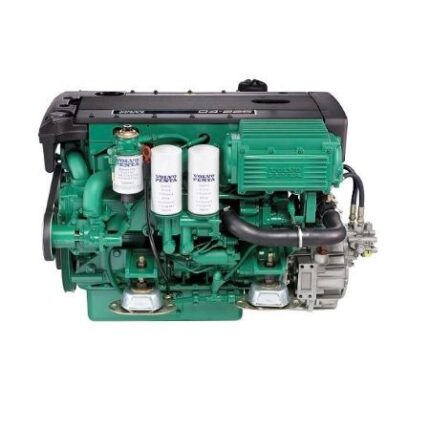
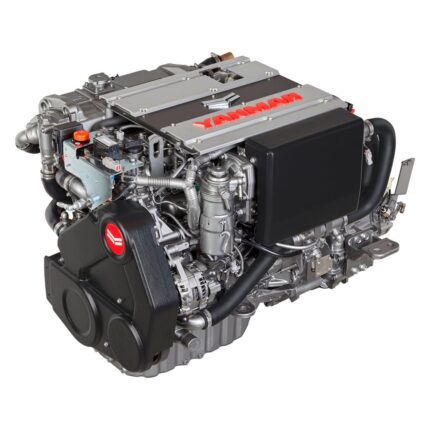
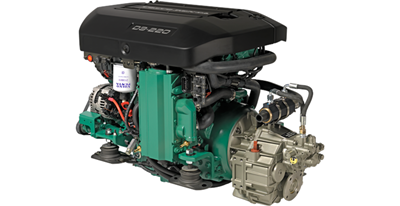


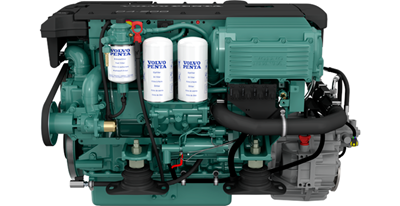
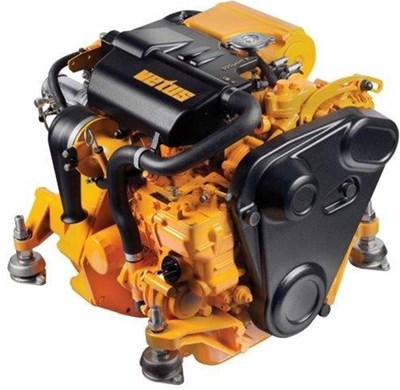
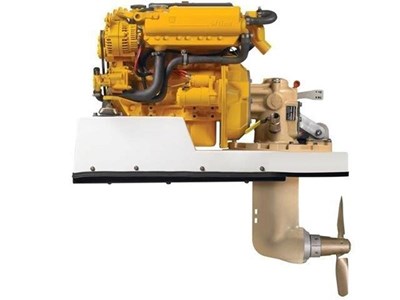
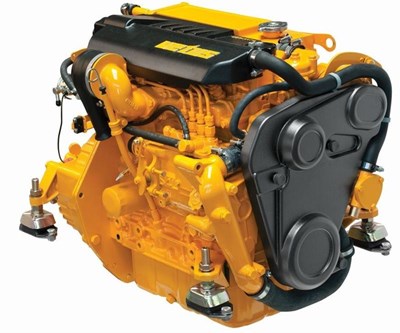
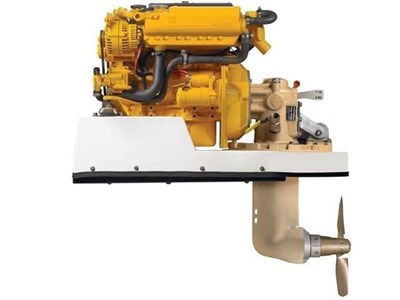
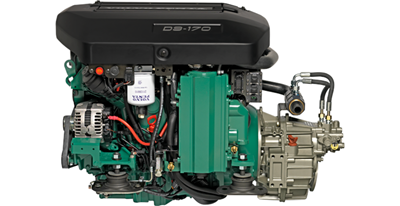
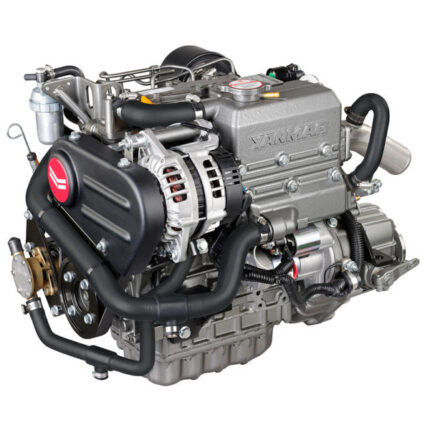
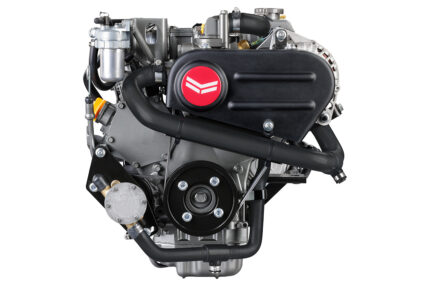
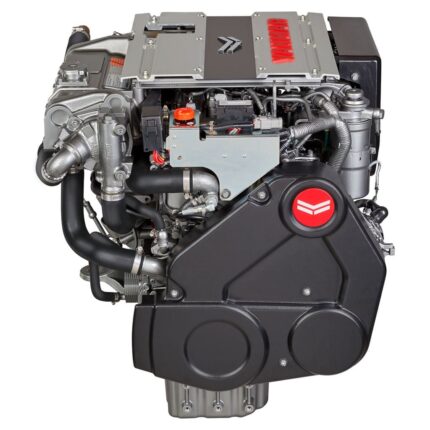
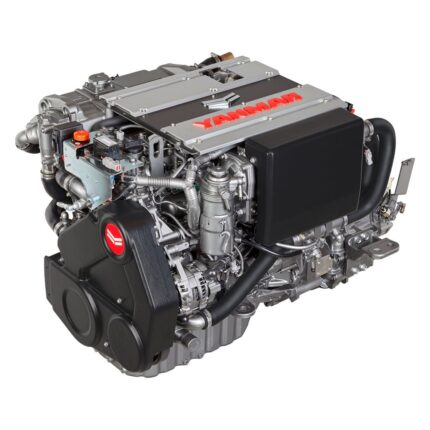









Reviews
There are no reviews yet.